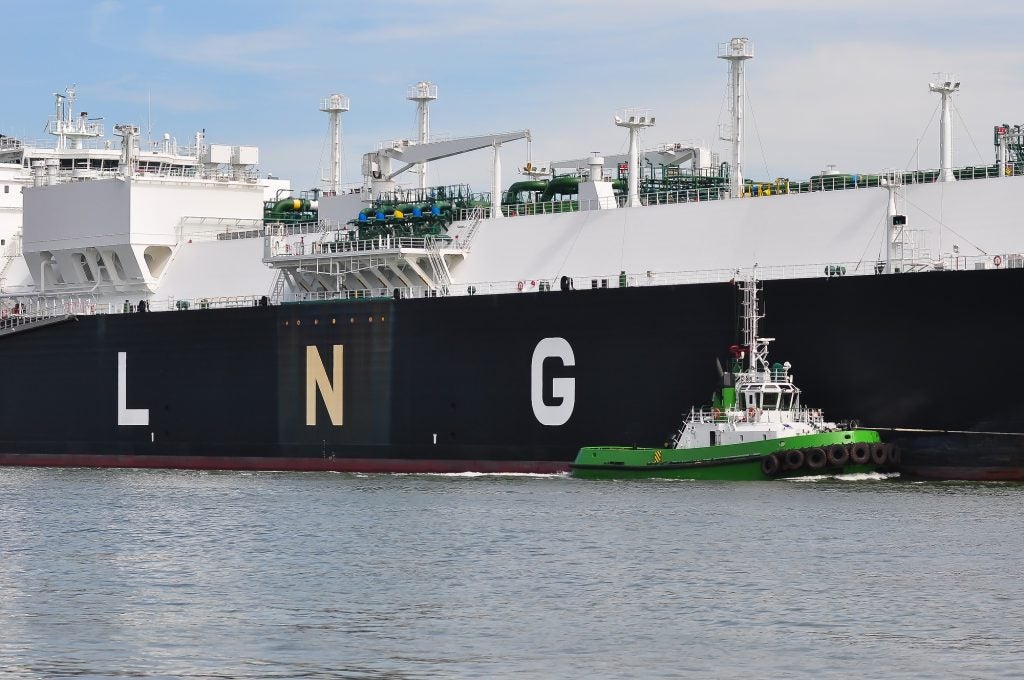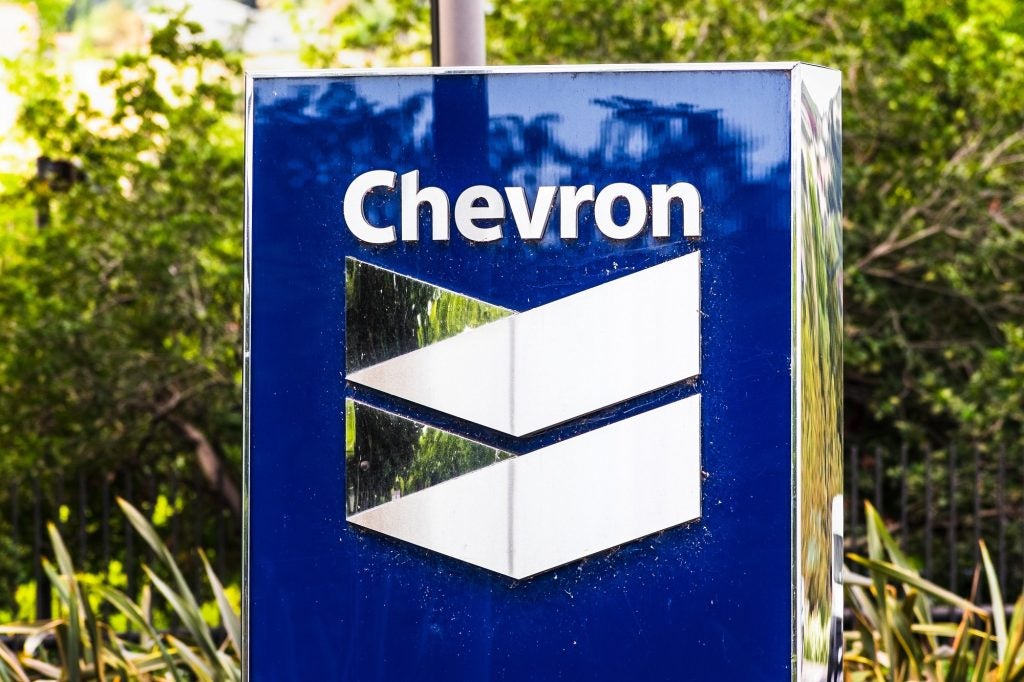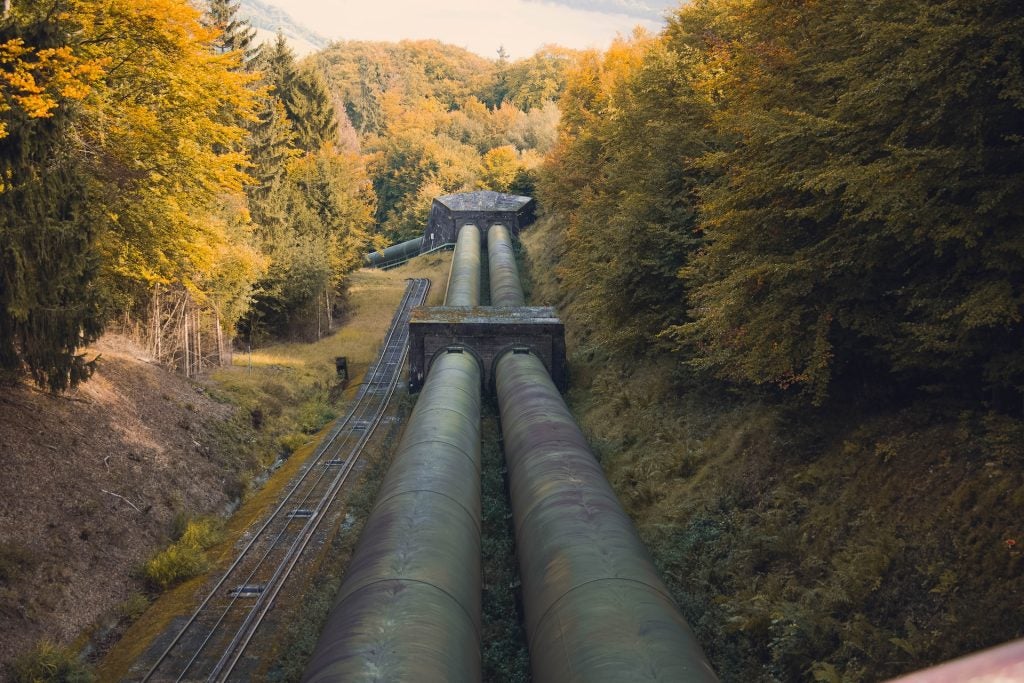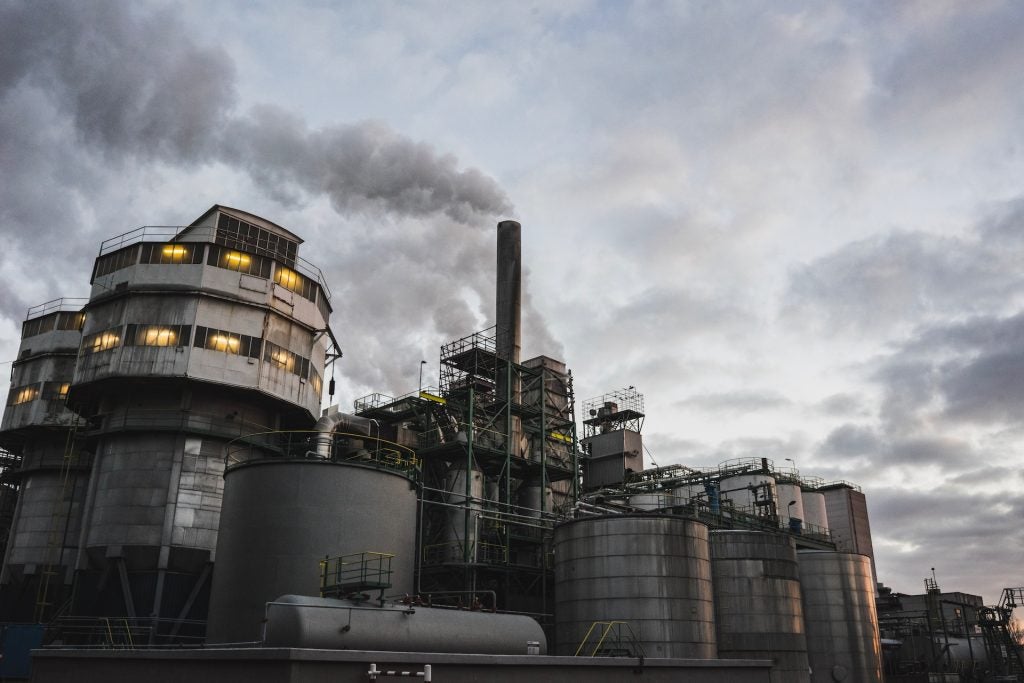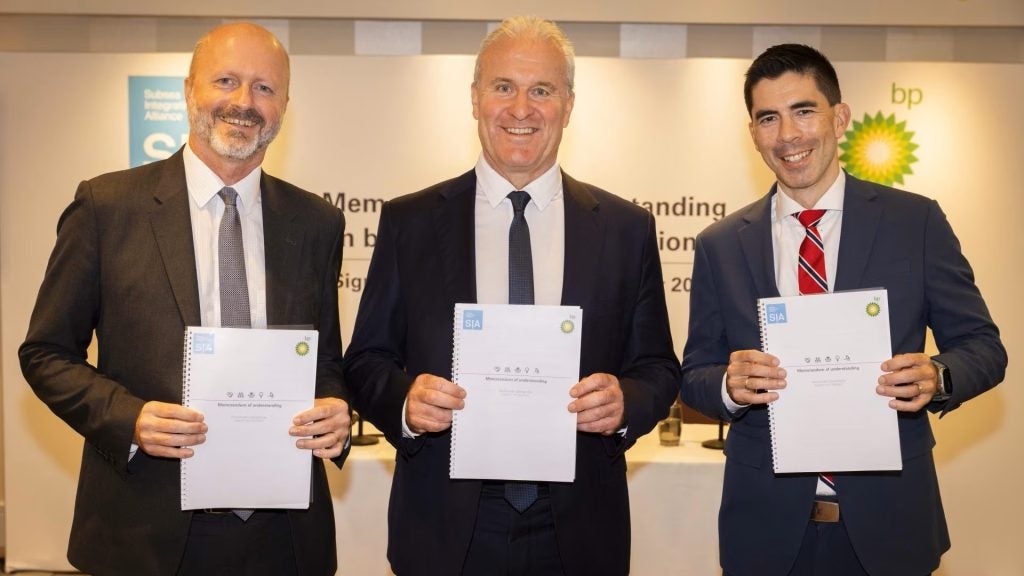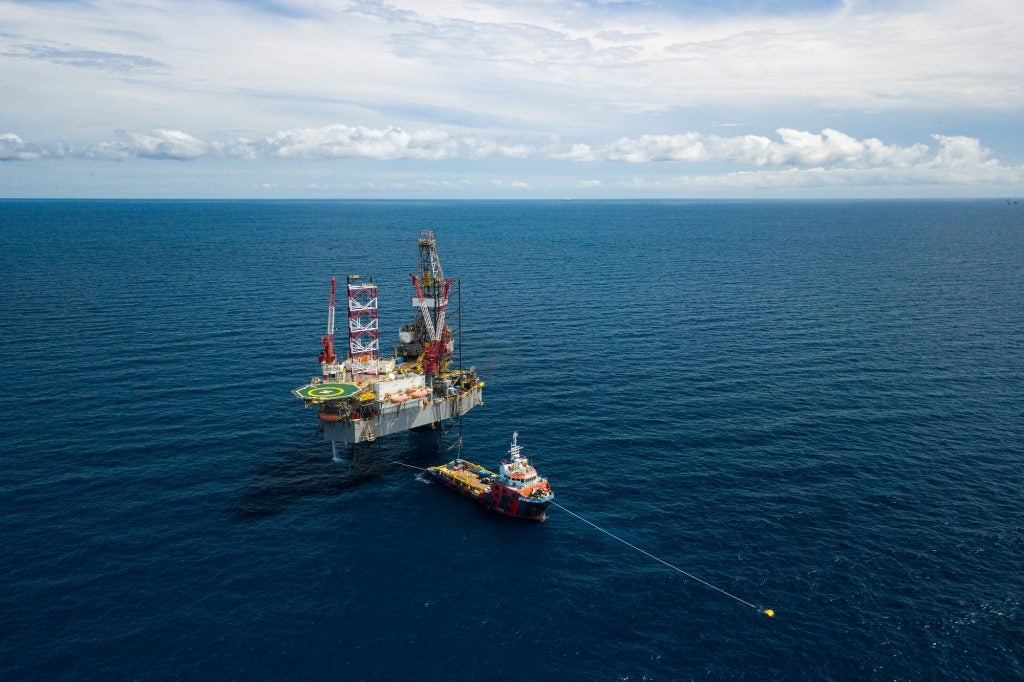Mexico will receive the last major piece of infrastructure needed to build its first floating liquefied natural gas (LNG) plant from a Texas shipyard next week, the US Coast Guard told shippers.
The 1.4 million tonnes per annum floating plant, located off the coast of Altamira, is being developed by New Fortress Energy, and is part of a wider project with Mexico’s state-owned power utility CFE to build a $1.5bn (26.24bn pesos) hub to convert US and Mexican gas into LNG for export.
New Fortress Energy said the first cargo from the Altamira plant should depart in October 2023. There are two other floating plants under construction, and they are scheduled to be operational by 2025. In June 2023, New Fortress was granted a permit by Mexico’s Ministry of Energy to export up to 7.8 million tonnes of LNG until April 2028.
New Fortress energy chairman and CEO Wes Edens said at the time: “Obtaining this authorisation not only paves the way for operations to commence at our new LNG hub in the third quarter of this year, but it also advances our efforts to expand access to cleaner, cheaper and more reliable energy to customers around the world.”
Since the outbreak of the war in Ukraine, LNG has become an important source of energy in Europe after Russia cut exports of natural gas to the continent by around 80%. To replace this, European countries imported 121 million tonnes of LNG in 2022, an increase of 60% compared with 2021. However, despite the recent boom in demand, there are those that fear a plethora of new developments could lead to oversupply.
Ben Cahill, a senior fellow at US think tank the Centre for Strategic and International Studies, said: “There is definitely a risk that we are overbuilding, with a lot of capacity in the United States and Qatar that might not be used in five years if you have a rapid diversion away from gas.”
Furthermore, demand for LNG in Asian emerging markets has dwindled partly as a result of its high price in 2022. In February 2023, Pakistan announced it will not build new power plants that rely on coal, LNG or fuel oil over the next decade.
Demand for LNG in the short term is likely to remain stable, however.


